In New Zealand, each year, more Maori are waking up to “Matariki,” the start of the Maori New Year on the winter solstice in the Southern hemisphere, a revival of an ancient tradition.
Matariki is keenly awaited as people head for the hills to watch for a cluster of seven bright stars twinkling the northeast horizon.
Appearing a half-hour before dawn, which will be 5.45 a.m. this June 21—the shortest day and longest night of the year in the southern hemisphere—Matariki is expected to appear round about where the sun rises.
Astronomers call the star cluster the Pleiades, but to the Maori it’s Matariki, meaning “tiny eyes.” To some, the Matariki is the personification of a mother and her six daughters.
To others, seven warriors and still others believe the stars to be the eyes of the Tawhirimatea, the god of wind.
The appearance of Matariki is a spiritual enigma that Maori would like to see celebrated by all New Zealanders, a way to unify the people no matter the race or creed.
A Sailor’s Guide
Maori were a seafaring people, guided by the stars some 600 years ago to their new homeland “Aotearoa,” which is Maori for “Land of the Long, White Cloud.” The country was subsequently named “New Zealand” by the Dutch explorer Abel Tasman in 1642.
Sailors today still acknowledge the appearance of Matariki as a navigational tool and a sign that the stormy wintery seas have passed and the weather was now safe for long voyages.
In fact, Matariki has always been a major indicator of seasonal change throughout the ancient world. She is also known by several other names around the world, including Seven Sisters, Subaru and Messier 45.
Early Greek seamen knew Matariki as the “sailing stars” and would only sail when the stars were visible at night.
In Hawai’i, the stars are known as the Makali’i and their appearance in October to November marked the start of the great Makahiki Festival dedicated to the god of rain and agriculture.
The Japanese call Matariki “Subaru,” which has become well known when carmaker Subaru used an image of constellations as their logo. The meaning of Subaru is generally thought to be “united” or “getting together.”
Some cultures believed that a great ancient cataclysm occurred when Matariki was overhead at midnight—the great biblical flood or the sinking of Atlantis.
In both ancient Greece and Mexico, several temples were aligned with the rising and setting of Matariki.
The Revival of Matariki Celebrations
Over time, Matariki lost its glimmer to the glitter of January 1 party celebrations and lay dormant from the turn of the last century until now.
Three decades ago, Maori realized through a lack of use their language was dying, and made an effort to make sure it was remained intact. As the language recovered so too did the ancient cultural traditions.
So, in natural progression, a resurging interest in all things Maori grew, but still few know what Matariki was about.
However, for some there is an inner knowing that only comes with a strong Maori bearing.
Matariki was a time for healing old hurts and lamenting the ones gone to other realms. During the ceremonies, tears rained shamelessly amidst long speeches and songs of praise and thanks for the abundance of food stored until the next harvest.
Then tears would turn to joy as the Matariki celebrations begin.
Matariki appears in the last days of May every year and the New Year is marked at the sighting of the next new moon, which occurs during June.
Some tribes mark their New Year at the rise of Puanga, the brightest of the star constellation Orion.
The Tuhoe tribe of the Urewera say that if the stars of Matariki appear to stand wide apart, then a warm and bountiful season follows, but should they seem close together it bespeaks of a cold season marked by scarcity.
Another version is that if the stars are distinctly seen at the time of its rising and they seem to quiver or move, then a cold season follows; if they are plainly seen at the time standing out distinctly, a warm, plentiful season ensues.
Hence we hear the saying; ‘Nga kai a Matariki, nana i ao ake ki runga’ —“the food supplies of Matariki, by her scooped up.”
As an adding prestige to venerated occasions, Maori always put down a hangi, a banquet feast cooked in the steam of an earth oven—and then the festivity begins.
The prominent Tainui tribe will lead the Matariki celebrations this year. On May 9, a gourmet hangi will be held at the seat of the kingitanga movement in Ngaruawahia cooked by celebrity chef, Peter Gordon. The kingitanga movement arose when Maori tribes established a monarchy of their own in response to British colonization.
A concert featuring some of the country’s top entertainers will be amongst celebrated guests of King Tuheitia.
The gourmet hangi kicks off a myriad of activities are planned from tribal region to tribal region at various times and in a variety of ways that could last from a few hours to weeks on end.
Over this period, Maori will give thanks to the primal parents Ranginui, sky father; and Papatuanuku, their earth mother; and their children. In particular, they will thank Tane, god of the forests and all things within; Tangaroa, god of the sea and all within; Haumia tike-tike, guardian of wild food; and Rongo, god of peace.
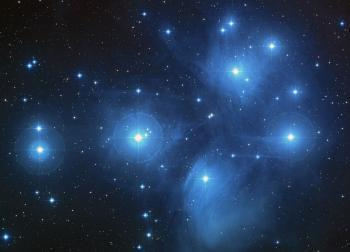
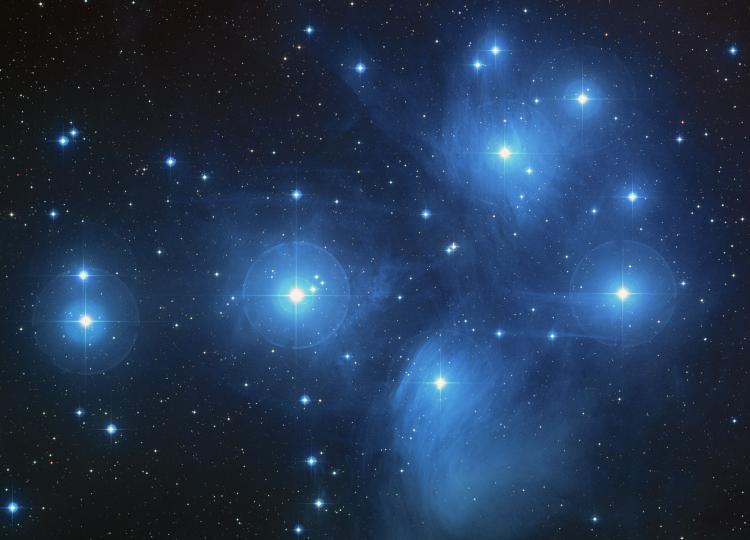

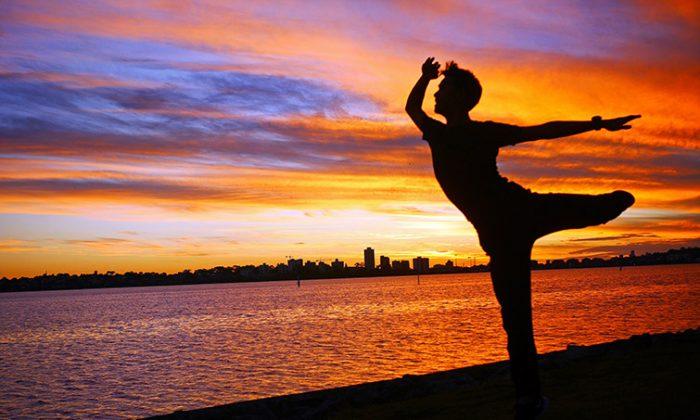
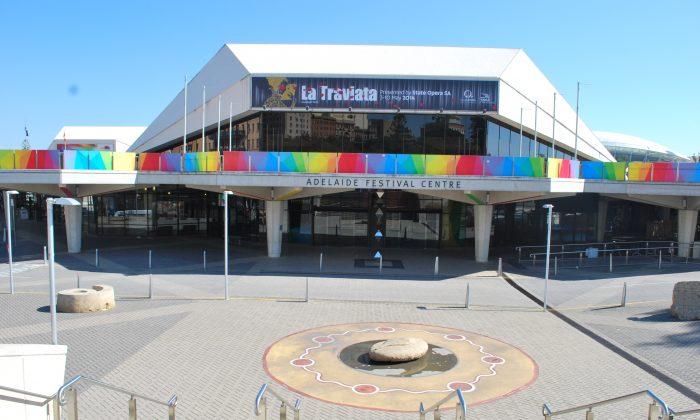
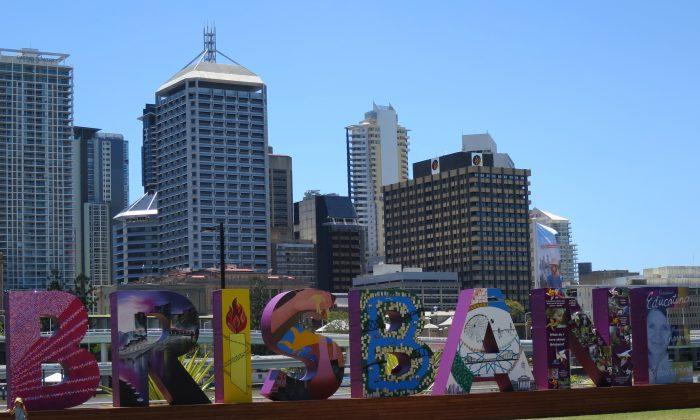
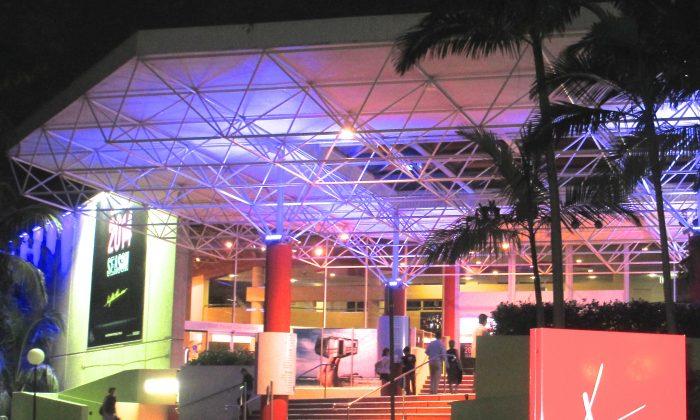
Friends Read Free